Striking set of panoramic views of the dramatic terrain in Western Wyoming, published for F.V. Hayden's survey.
The bottom of the three views shows the Teton Range from Jackson Lake to Teton Pass. The center view depicts a party of surveyors atop a rock formation near Fremont's Peak. The top view, entitled Glacial Lake And Moraines On New Fork Of Green River-Wind River Mountains, captures the serenity of a mountain lake and has a small herd of elk to the right.
The view appeared in Hayden's United States Geological and Geographic Survey of the Territory, Embraced by Idaho and Wyoming…, and is based on surveys conducted in 1877 and 1878.
In 1869, Ferdinand Hayden was given a large appropriation and made head of the United States Geological Survey of the Territories, the biggest and best-known of the Great Surveys. Originally just focused on Nebraska, it soon expanded to cover all the territories around the Rocky Mountains. The primary purpose of the expeditions to the Rocky Mountains was to evaluate the geological and mineral content of the regions. In addition to his interest in western minerals, Hayden was also one of the first to see the West as the land of the nature-loving tourist. In 1871, Hayden made an expedition into the Yellowstone Geyser Region resulting in spectacular photographs taken by William H. Jackson. The Yellowstone expedition made Hayden famous, but perhaps his most important was the detailed exploration and mapping of Colorado. Hayden issued reports between 1867 and 1883, including information on the geography, geology, ethnology and many other scientific subjects. His surveys were a landmark in the history of the exploration and documentation of the American West.
Ferdinand Vandeveer Hayden, known to the Sioux as "man-who-picks-up-stones-running," stands among the pantheon of eminent geologists of the 19th century.
Hayden's academic career commenced at Oberlin College, and he furthered his education at Albany Medical College, where he received his M.D. in 1853. Despite his medical training, Hayden was primarily engaged in geology, a field to which he would dedicate his life's work.
Hayden commenced his geological career with a survey in the Nebraska Territory in 1856. In 1859 and 1860, he conducted further exploratory work in the Rocky Mountains, particularly in Colorado, which was then part of the Nebraska and Kansas territories. His early work in the field earned him the respect of Native American tribes, with the Sioux reportedly dubbing him "man-who-picks-up-stones-running" due to his avid and energetic collection of geological samples during his expeditions.
By the 1860s, Hayden had risen to prominence as a geologist and was appointed the United States Geologist for the Geological Survey of the Territories. This role would define his career, leading numerous surveys in the Western United States. Notably, from 1871 to 1872, Hayden led a survey into the region that would become Yellowstone National Park, and his reports significantly contributed to the establishment of Yellowstone as the first National Park in 1872.
Hayden's most significant contribution to geological literature was the Geological Atlas of Colorado, published in 1877. This work was the result of comprehensive surveys conducted across Colorado, meticulously documenting the state's geography and geology. The atlas offered detailed maps on a scale previously unseen, encompassing not only Colorado but adjacent areas, including parts of Utah, Arizona, and New Mexico.
Hayden's influence extended to academia, as he was affiliated with the University of Pennsylvania for a period, where he held the position of professor of geology. His academic and field work combined to form a substantial body of knowledge that would be used by future scholars and explorers.
Ferdinand V. Hayden passed away on December 22, 1887, in Philadelphia, Pennsylvania. His enduring legacy is reflected in the numerous natural features named after him, including Hayden Valley in Yellowstone and Mount Hayden in Colorado. His contributions to geology during the 19th century remain a cornerstone of American geological and geographical sciences.









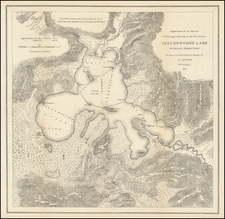
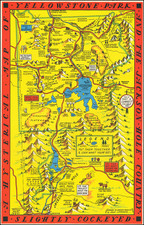
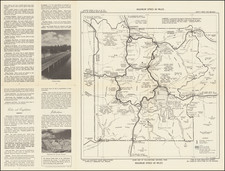
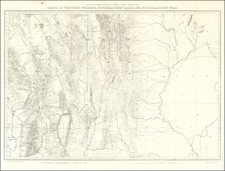
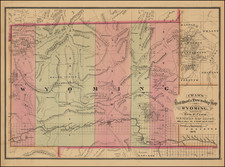
![[Montana, Wyoming, Dakota, Upper Missouri River] Amer. Sep. No. 40. Partie des Etats Unis](https://storage.googleapis.com/raremaps/img/small/93546.jpg)